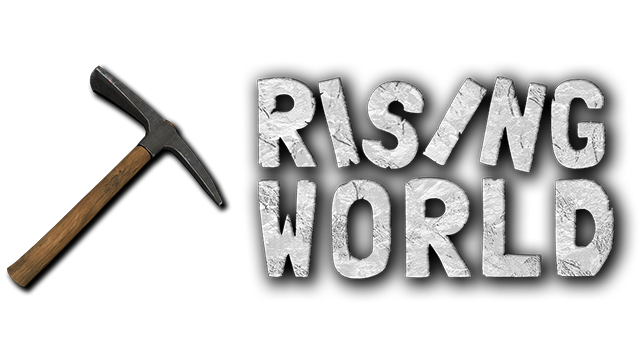So i am trying to convert some old bps to the new version. i have a building that is too large for one blueprint so have broken the building down into 4 parts. I have blueprinted each part and gone into the new version. I place one part no problem, but when i try to place the other parts they seem to be much smaller than the first part. The other parts are so small that they actually can fit on a desk in the first part. How to i keep all the blueprints at the same scale so i can reassemble them?
left side is first bp. right is same building but second bp. why are they not the same scale?

